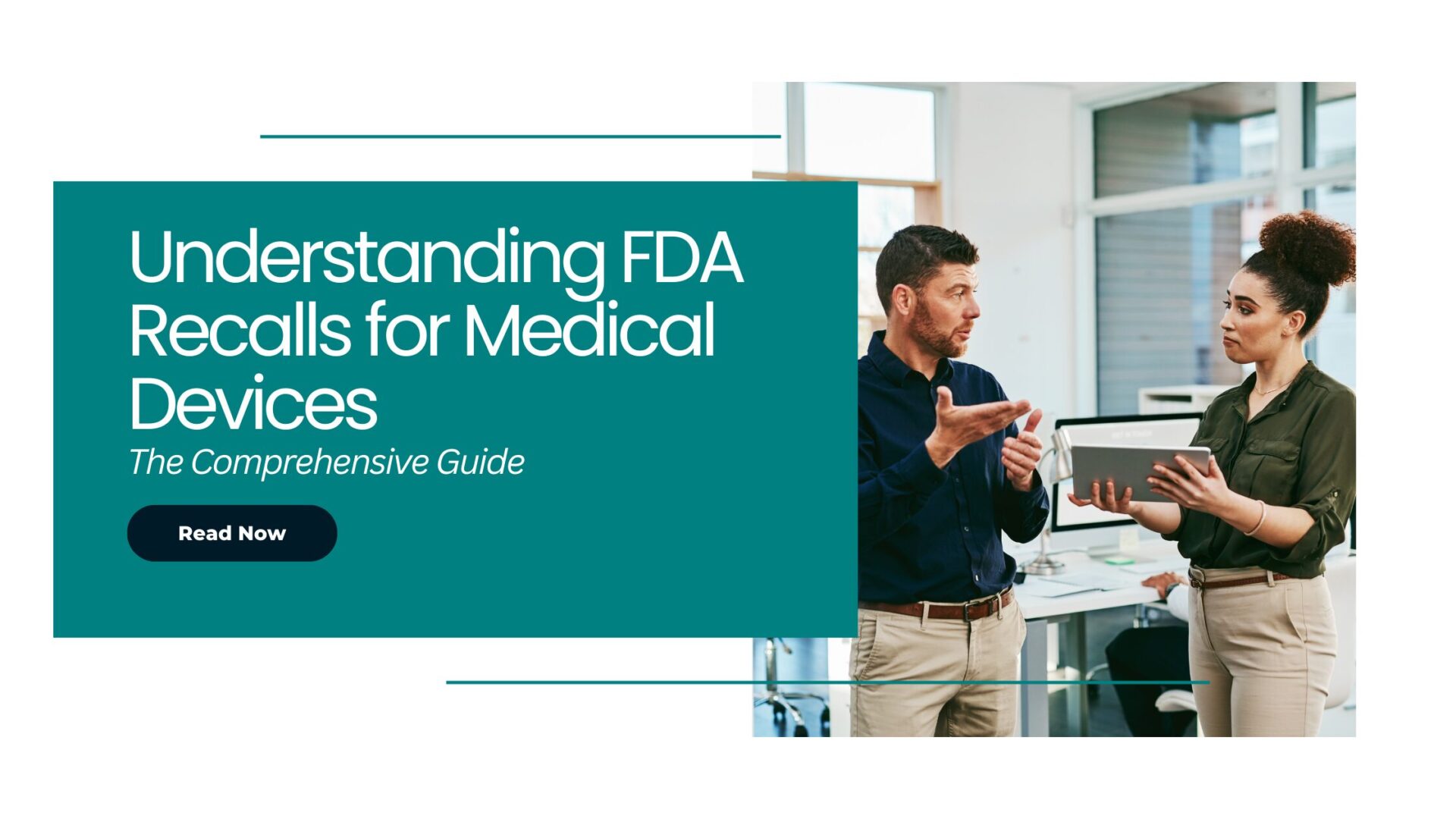The US Food and Drug Administration (FDA) has released two final guidance documents related to medical devices, addressing the implementation of Section 506J of the Federal Food, Drug, and Cosmetic (FD&C) Act.
This section pertains to interruptions in the manufacturing of medical devices and the assessment of credibility for computational modeling and simulation in submissions for medical devices.
In the final guidance concerning device shortage reporting, the FDA aims to inform sponsors about the process for notifying the agency when a device’s manufacturing is interrupted or permanently discontinued.
The guidance outlines notification requirements, specifying the responsible party for notification, required information, and submission procedures.
Initial feedback on the draft guidance for reporting emergency product shortages raised concerns about the excessive data requested by the FDA, potentially leading to over-reporting and irrelevant information.
Some suggested narrowing the scope of data requests to align with the legislation’s intent and focusing on meaningful actions. In response to these comments, the FDA revised the guidance, providing clarity on –
- The timing for submitting Section 506J
- Methods of submitting section 506J
- Locations for submitting Section 506J notifications.
The agency also enhanced information on how it utilizes these updates.
Additionally, the FDA introduced a new draft guidance, responding to the PREVENT Pandemics Act. This guidance includes a list of device products subject to 506J reporting requirements and encourages voluntary notifications related to supply chain issues. Public comments on this draft guidance are welcome until February 15, 2024.
Regarding computational modeling and simulation (CM&S) in medical device submissions, the FDA’s final guidance aims to improve industry understanding of the agency’s CM&S review process and enhance consistency.
The framework is based on the American Society of Mechanical Engineers (ASME) V&V 40 standard. Commenters suggested improvements, including better adherence to the ASME V&V 40 standard, considerations for context, and the inclusion of a category for real-world evidence.
In response to public feedback, the FDA made several changes, such as revising credibility evidence categorization, clarifying the guidance’s scope, and explaining its relationship to the ASME V&V 40 framework.
The final guidance provides more context and examples for bench test and in vivo validation results, introduces a section on calculation verification for uncertainty quantification results, and includes a table comparing terms with the ASME V&V 40.
The FDA acknowledges that best practices are still evolving and emphasizes that the guidance does not offer a comprehensive checklist for all CM&S information. Instead, it provides a general framework for assessing CM&S credibility to support regulatory submissions, highlighting factors manufacturers should consider when submitting CM&S credibility evidence.





















